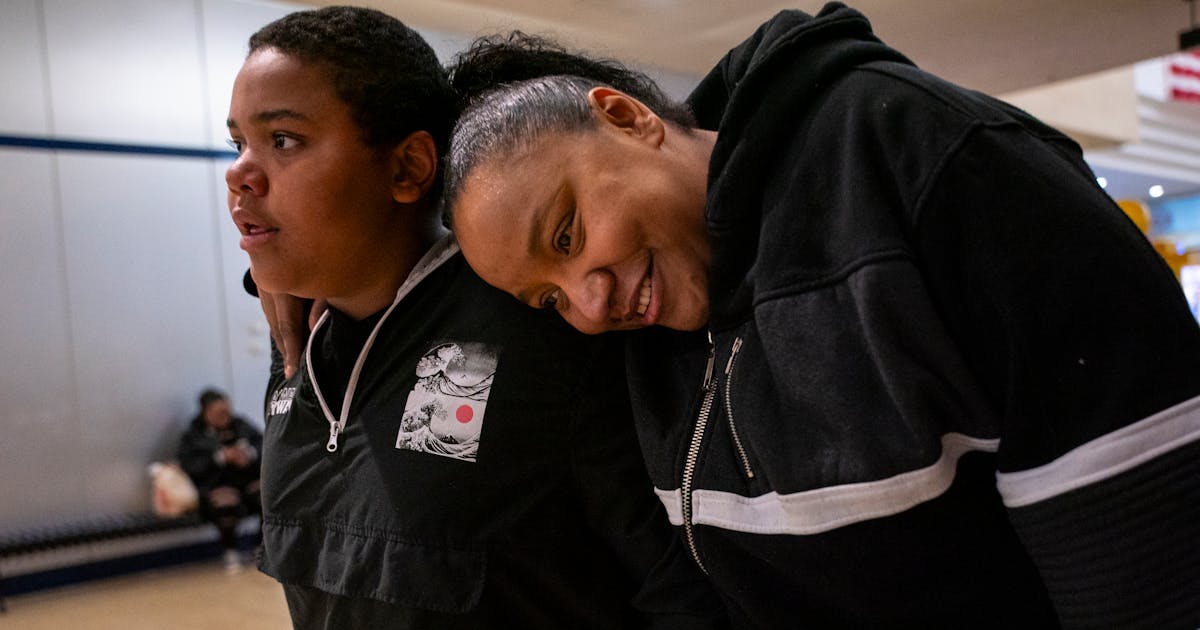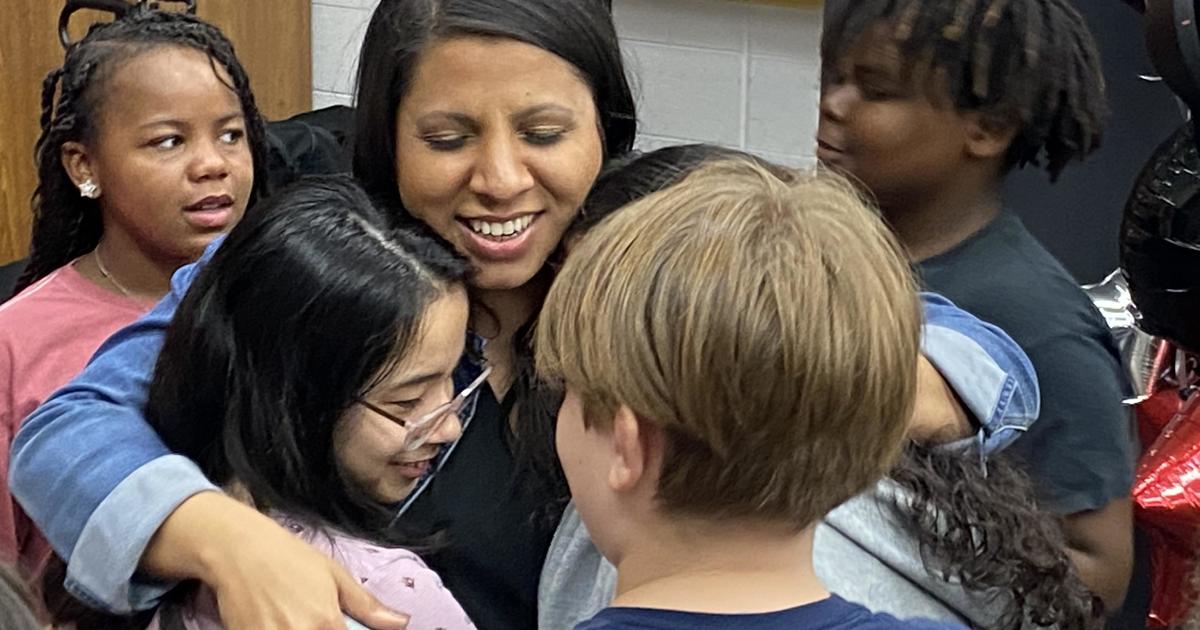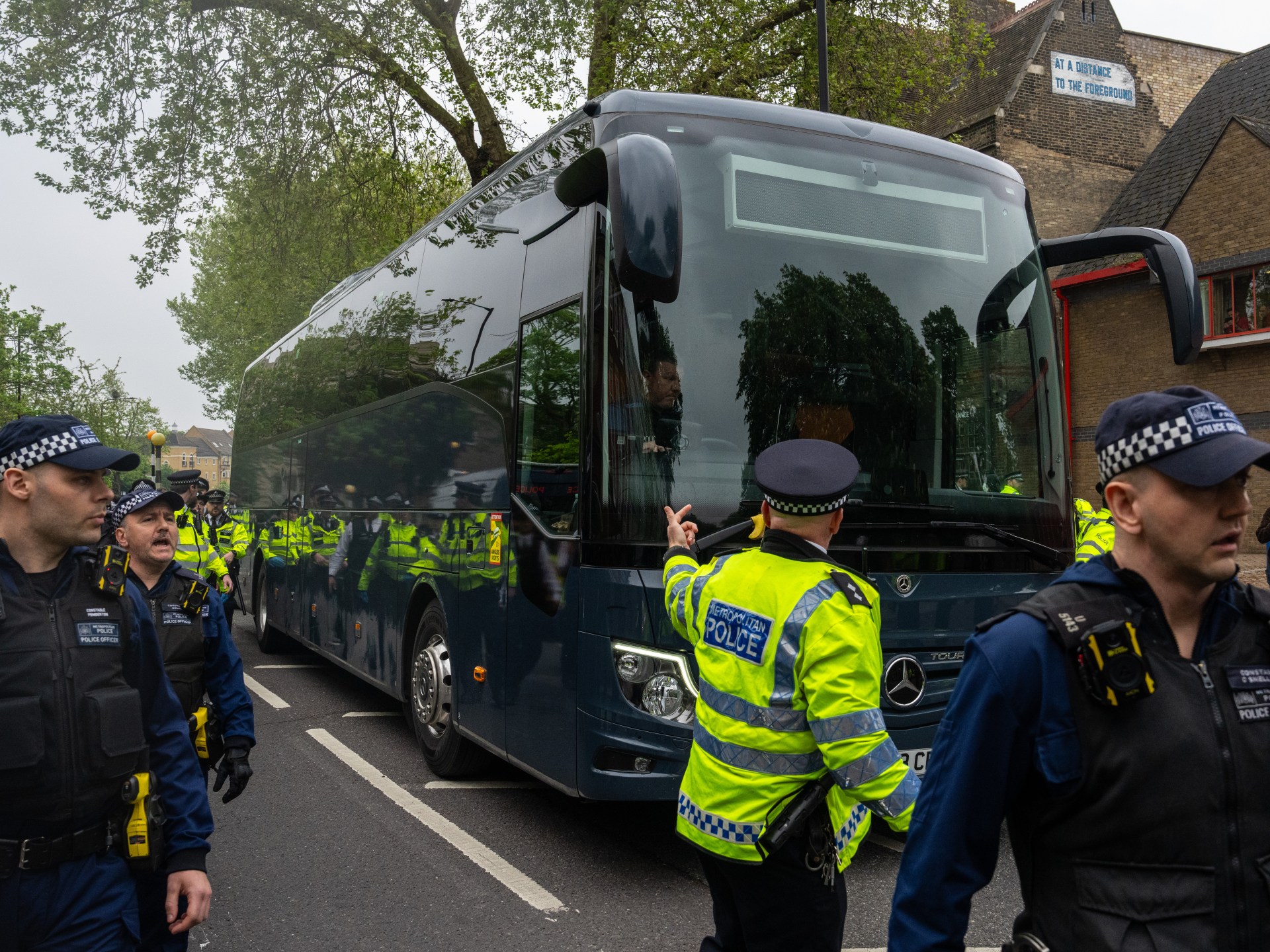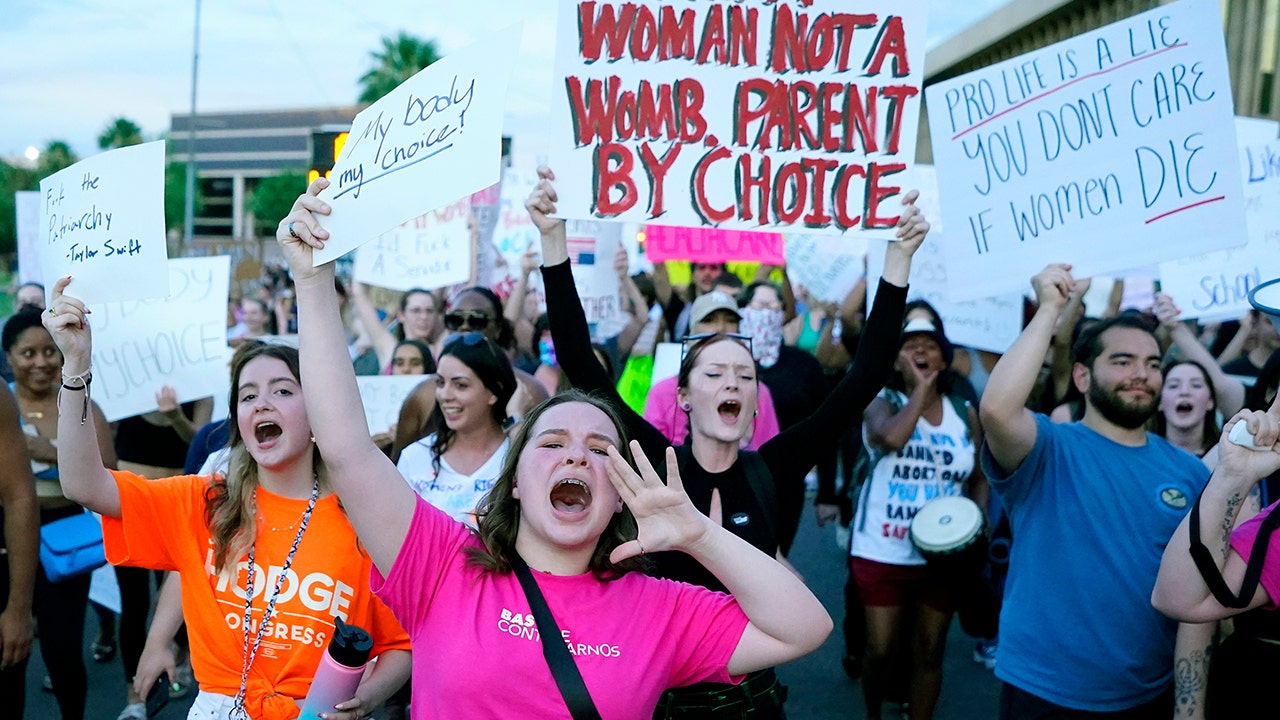Minnesota
Racial disparities in child protection prompt Minnesota legislation, federal complaint

Layla Jackson never returned to her mother.
The cheerful, observant 17-month-old was murdered by her foster father in 2018.
Latasha Bacon said child protection workers should not have removed her daughter from her care after the girl returned from a babysitter’s with a broken leg. Bacon, who is Black and Native American, is part of a movement demanding Minnesota rethink its child protection system that has disproportionately penalized families of color.
“Nobody wants to say, ‘Racism is very much still alive.’ Nobody wants to say that our system is broken,” said Bacon, who mentors other parents involved with child protection. “A lot of these parents are being faulted for neglect for being broke and living below the poverty guidelines. Instead of being given the resources, they are just taking their kids away.”
A Minnesota family’s chances of being reported for child maltreatment varies dramatically depending on their race. So does the likelihood a kid will be removed from their family, or reunited with them down the road.
The Minneapolis branch of the NAACP recently filed a federal civil rights complaint saying discrimination in the child welfare system is devastating Black families, particularly in Hennepin and Ramsey counties.
Advocates are also pressing for action at the State Capitol, where they hope that after years of failed attempts, lawmakers will pass legislation this session to address unequal outcomes. The bill is named the Layla Jackson Law.
“African American families are coming into the system for less serious allegations than our Caucasian peers, yet we continue to face the most harsh and punitive outcomes,” Kelis Houston, chairwoman of the local NAACP’s child protection committee, recently told lawmakers. “What we’re asking for today is for this state to stop harming our children.”
State takes aim at disparities
African American families are at the center of recent advocacy, but state data shows gaping child protection disparities for many demographic groups. The differences are particularly stark for Native American families.
Native American kids are 16 times more likely to be removed from their families than white children in the state, according to the most recent state report on out-of-home placements. Kids who identify as two or more races are seven times more likely.
African American and Hispanic children are twice as likely as their white peers to be taken from their homes. Children with disabilities are also disproportionately represented in foster care.
The bill at the Capitol, which has expanded to include African American and “disproportionately represented children,” aims to ensure there are “active efforts” to keep a child with their family or reunify them as soon as possible; that child welfare staff get cultural competency training, and a portal is created where people can report noncompliance with the law. It would also establish a grant program to provide training to social services agencies, court advocacy, culturally specific family counseling and other services.
The legislation doesn’t have a price tag yet.
Associations representing counties, social service administrators and county attorneys have said they support the overall aim, but raised some concerns. Counties have said the law won’t succeed without more state spending to bolster the child welfare workforce, services, training and technology. And county attorneys proposed changes to the bill that they said would better ensure “necessary public safety safeguards.”
“Safety, of course, is first and foremost,” said Rep. Esther Agbaje, DFL-Minneapolis. But she said when child protection gets involved, “We also don’t want to be overly onerous on folks who are just trying to raise their families.”
Some goals of the bill are already underway. The Department of Human Services created the African American Child Well-being Unit in 2020, which is launching a pilot program to provide $3 million in grants for community efforts to prevent child abuse and keep families together.
The state unit also set up an advisory council to review data, advise on priorities and review issues, said Tikki Brown, assistant commissioner for children and family services at the DHS. The legislation would enshrine the advisory council in law.
Lawmakers are also working on a bill to strengthen a decades-old state law that expanded on the federal Indian Child Welfare Act, which governs the removal of Native American children from their families.
“For our Native kids, they were removed for very discretionary reasons” and kept in foster care longer, said Sen. Mary Kunesh, DFL-New Brighton.
Counties have failed to notify tribes of child protection proceedings and are not ensuring that tribes have a say in foster care placements to try to keep kids with kin, she said. Her bill aims to ensure those steps are taken and would mandate that court officials ask about American Indian heritage in all child protection proceedings and make it easier for tribes to participate in that legal process.
Hennepin, Ramsey county critiques
The NAACP’s civil rights complaint calls for an investigation into discrimination and how federal funds are used in Minnesota’s child protection system. It zeroes in on Hennepin and Ramsey counties.
Cindy Devonish, a Hennepin County child protection worker and NAACP member, said she’s seen the disparities firsthand and told lawmakers she was removed from a case where she objected to terminating parental rights.
“This is unequal treatment that comes at a high cost to our community as a whole,” Devonish said.
The NAACP asked the federal government to compel Minnesota and the counties to comply with the Civil Rights Act and pressed the state to create additional procedures to document racial equity issues. It raised concerns with law enforcement emergency removals of children, a lack of services to support Black families and the state’s safety and risk assessment tools.
Ramsey County agreed the DHS should update its risk assessment tool, noting that having more children in a home can contribute to a determination that a child is at higher risk. But Kathy Hedin, Ramsey County’s deputy county manager of health and wellness, said focusing on emergency removals doesn’t give an accurate picture of how they are addressing disparities. Such holds, which allow child protection to assess whether there’s an unsafe situation, are typically initiated by law enforcement and don’t automatically result in permanent removal, she said.
Both Ramsey and Hennepin County staff stressed that they have added services that help support and keep Black families together. In 2020, the Hennepin County Board declared racism to be a public health crisis and officials launched a three-year pilot with Village Arms, an organization dedicated to reducing child protection disparities for Black families.
Village Arms leaders say their pilot proved strategies being considered by state lawmakers could be successful: 90% of the 200 families the group worked with avoided having a child removed from the home. But those who worked on the pilot say they also saw troubling behavior from some county child protection workers.
“We experienced some of the most blatant racist attacks on those trying to prevent out of home placement for African American children,” said Thomas Berry, co-chair of the NAACP child protection services committee, who worked on the Village Arms pilot, which ended in December.
Jodi Wentland, deputy county administrator for human services, said Hennepin County officials have been working since 2017 to transform the child protection system and eliminate racial disparities.
“This work is difficult and complex,” Wentland said in a statement. “Above all, we want to see children safe at home, in healthy, stable families.”
Star Tribune staff writer Christopher Magan contributed to this story.

Minnesota
Unemployment claims in Minnesota increased last week

Initial filings for unemployment benefits in Minnesota rose last week compared with the week prior, the U.S. Department of Labor said Thursday.
New jobless claims, a proxy for layoffs, increased to 3,132 in the week ending April 27, up from 3,036 the week before, the Labor Department said.
U.S. unemployment claims remained the same at 208,000 last week on a seasonally adjusted basis.
New Hampshire saw the largest percentage increase in weekly claims, with claims jumping by 103.7%. Rhode Island, meanwhile, saw the largest percentage drop in new claims, with claims dropping by 65.3%.
The USA TODAY Network is publishing localized versions of this story on its news sites across the country, generated with data from the U.S. Department of Labor’s weekly unemployment insurance claims report.
Minnesota
Ice cream shop worker allegedly fired for accepting $100 tip as store claims some customers have ‘dementia’

A Minnesota ice cream shop worker was allegedly fired after a customer tipped $100 in the tip jar as the store’s owners seemingly accused her of taking advantage of an elderly customer with “dementia.”
Seth and Lisa Swenson claim their adult daughter Emily, a five-season employee at The Freez in Moorhead, Minn., was canned after the tipping debacle at the roadside eatery last month.
Emily had finished serving a customer when the patron tried to leave the large bill behind even though the worker said she couldn’t accept it, according to the family’s Facebook post.
“Our daughter was offered a $100 tip and told the customer she couldn’t accept it. The customer put $100 in the tip jar and drove away,” the couple said.
At the end of the worker’s shift, the management at The Freez was furious with Emily and allegedly accused her of “taking” the large tip.
Two days later, on April 24, the business submitted an “Employee Warning Notice Form” to Emily for “corrective action.”
“Emily needs to understand that some of our customers are elderly and could be dealing with dementia or other illnesses that make it hard for them to understand their actions,” the shop said in the notice.
“No one in their right frame of mind tips $100 at a place where every menu item is under $12,” the notice shared by the Swensons continued.
Ironically, the ice cream shop was concerned about its public image within their community if word got out that their employee accepted such a large gratuity.
“As an employee of The Freez, it is your responsibility to protect the reputation of the establishment. If the customer is dealing with issues and the family finds out that she was allowed to put $100 in the tip jar, The Freez will be looked down on as a place that takes advantage of the elderly. Looking out for our customers should take priority over the opportunity to get a tip.”
Emily was fired a day later and her family claimed the generous gratuity was against the Moorhead Freez policy to accept bills over $20 as payment.
“There is nothing in the policy about tip amounts,” the Swenson’s argued.
The store fired back the family’s social media post a day later, claiming Emily wasn’t dismissed over the tip and contradicting the warning notice they had handed out days earlier.
“We did not terminate the adult at-will employee of 5 years for accepting a tip. There’s more to the story,” the shop said in a Facebook post.
It was not clear how old Emily is, but the roadside ice cream stand took exception to her parents sticking up for their “adult daughter.”
“We won’t go into details, it’s a personal matter. However, we believe that if parents are posting for an adult child- they haven’t asked the right questions of their adult daughter,” the store said.
“We are a small business built on a strong work ethic and Moorhead values. Our values and expectations reflect those of the community and our customers,” the post continued. “Ice cream makes people happy. Social media bullying- not so much.”
Emily doesn’t fault the customer for the firing, the family shared.
“Our daughter appreciates the generosity of the lady who tipped her and feels that this kind lady is no way responsible for what happened,” the couple said.
In February, a Michigan cafe server was fired after she split a $10,000 tip with her fellow front-of-house workers, upsetting the kitchen staff that they didn’t get a share of the large gift.
Linsey Huff — who also goes by the last name Boyd — collected the enormous gratuity off a $32.43 bill from a customer at the Mason Jar Cafe in Benton Harbor while he was in the area for a friend’s funeral.
The anonymous man, who left the now-viral tip in honor of his late friend, had requested the $10,000 be split among the service staff, as eight servers walked away with approximately $1,200 each.
The disgruntled back-of-house staffers had become angry with Huff for not getting a piece of the nearly 31,000% tip, and drama soon unfolded, causing problems within the staff.
Minnesota
Central Minnesota man, 21, dies in ATV crash

BELLEVUE TOWNSHIP, Minn. — A 21-year-old man died after losing control of his ATV in central Minnesota on Wednesday.
The Morrison County Sheriff’s Office says it received a report around 6:48 p.m. of an ATV accident on the Soo Line Trail, about a mile west of Highway 10 in Bellevue Township.
John Poppen, of Royalton, had been driving the ATV when he lost control, went off the trail and struck a tree, according to the sheriff’s office. He was not wearing a helmet at the time of the accident.
Despite life-saving efforts, Poppen died at the scene.
The incident remains under investigation.
-

 News1 week ago
News1 week agoLarry Webb’s deathbed confession solves 2000 cold case murder of Susan and Natasha Carter, 10, whose remains were found hours after he died
-

 World1 week ago
World1 week agoHaiti Prime Minister Ariel Henry resigns, transitional council takes power
-

 News1 week ago
News1 week agoFirst cargo ship passes through new channel since Baltimore bridge collapse
-

 World1 week ago
World1 week agoUS secretly sent long-range ATACMS weapons to Ukraine
-

 World1 week ago
World1 week agoSpanish PM Pedro Sanchez suspends public duties to 'reflect'
-

 News1 week ago
News1 week agoAmerican Airlines passenger alleges discrimination over use of first-class restroom
-

 Movie Reviews1 week ago
Movie Reviews1 week agoHumane (2024) – Movie Review
-

 Education1 week ago
Education1 week agoVideo: Johnson Condemns Pro-Palestinian Protests at Columbia University















